
ita eng | newsletter
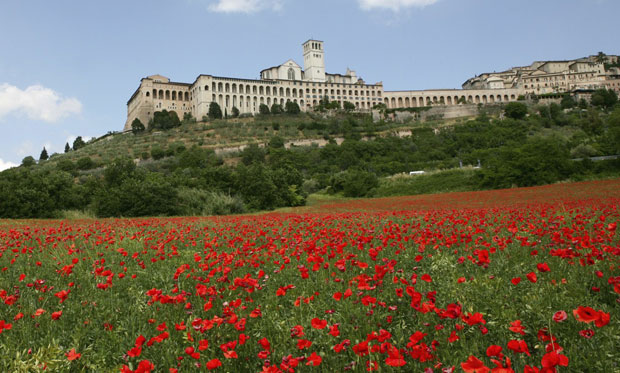
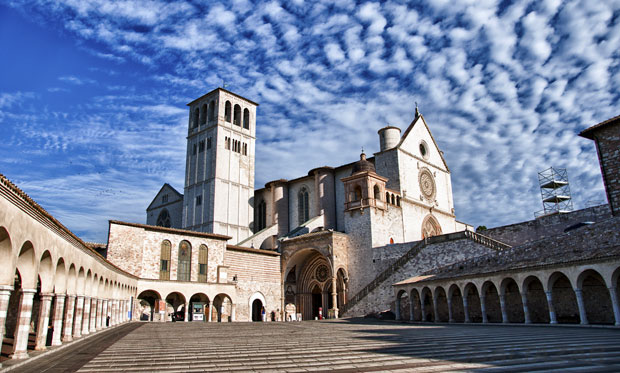
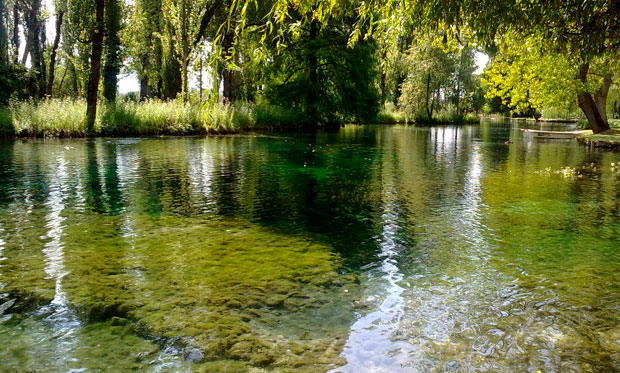
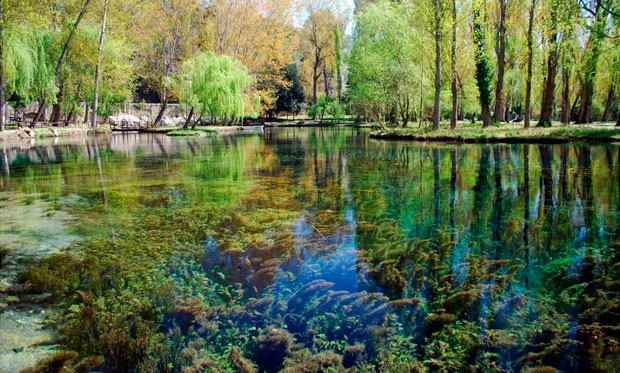
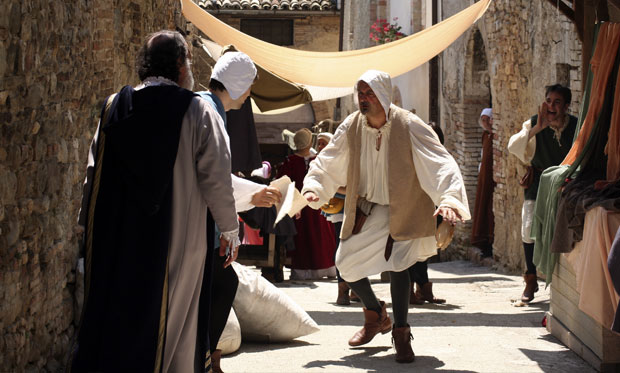
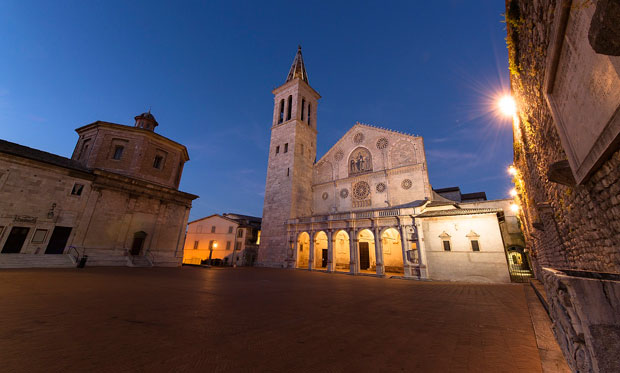
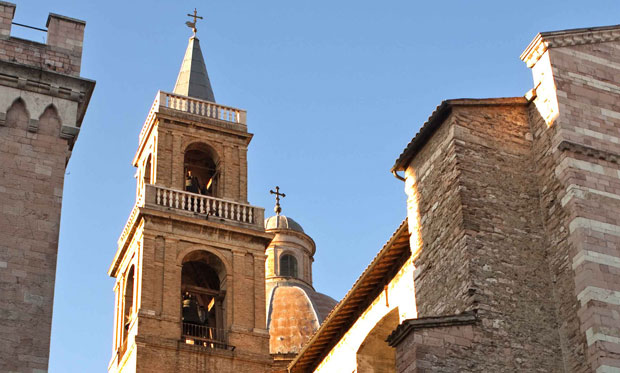
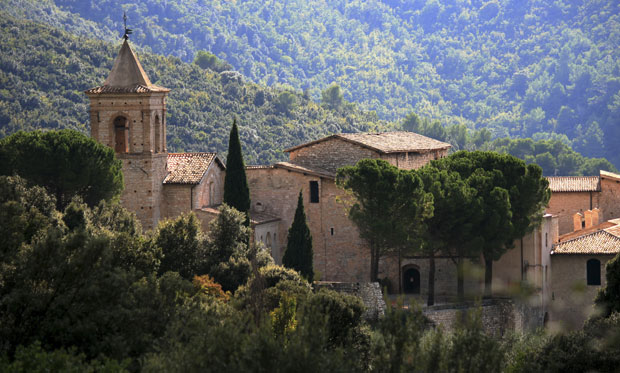
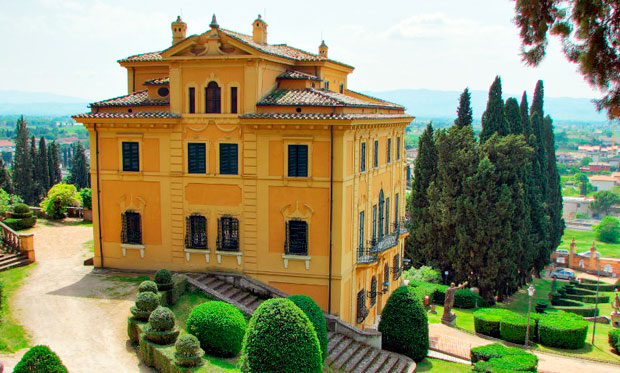
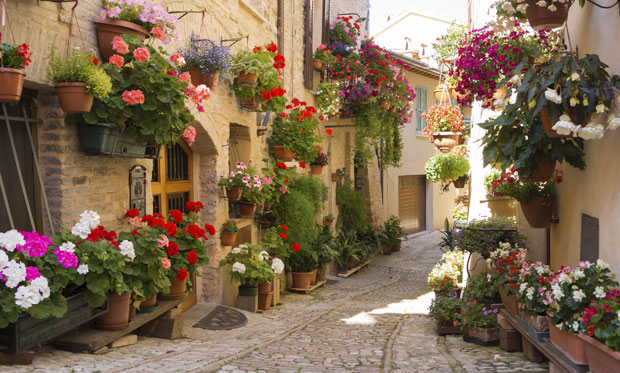
There are plenty of things to be seen in Foligno. The city is not too big and not too small, making it possible to go for a visit even if you have little time. Between the many attraction in the Perugia and Assisi area, you will soon realize that Foligno is a great destination.
Unlike most of the cities in Umbria, Foligno is located on a flat valley so that it is very easy and a real pleasure to go round by bike or on foot. We recommend you start your visit with a tour of Parco dei Canapè: this park is very close to the city centre and is totally surrounded by the ancient walls between Porta Todi and Porta Romana. If you travel by car, a big car park is just nearby.
If you keep walking through the main street you will reach the heart of the city: Piazza della Repubblica, where you can enjoy the extraordinary sight of a beautiful architectural ensemble including the Duomo, Palazzo Comunale and Palazzo Trinci. The cathedral (Duomo) is dedicated to San Feliciano, the city’s patron saint, and was built in a baroque-neoclassical style. Next to the Duomo is Palazzo Trinci, a patrician palace which is considered to be one of the most important residences of Central Italy. It contains a series of frescoes painted in the 15th century by Gentile da Fabriano and houses the city's picture gallery. Next to Palazzo Trinci is Palazzo Orfini, ancient residence of Emiliano Orfini, the typographer who printed the first edition of Dante’s Divine Comedy. On the opposite side of the square you will see Palazzo Comunale, which has just been refurbished after the earthquake of 1997 that caused the fall of the tower. On the facade you can notice the inscription S.P.Q.F., Senatus populusques Fulignatensis, inspired by the more famous S.P.Q.R of Rome. While you walk about the city centre, make sure you spot little details of the medieval houses, including the decorations on the mullioned windows and the elegant arcades of the oldest buildings.We also suggest you stop for a moment in Piazza Garibaldi, where two buildings in particular, the church of Sant’Agostino and the Collegiata di San Salvatore (a Benedictine abbey built between the 10th and 11th century), create a perfect union that will surely catch your attention. Between the two buildings, in the middle of the square, the tall statue of Giuseppe Garibaldi rises up. Once you go past the cinema, you’ll find a building that was once a church, Chiesa della Santissima Trinità in Annunziata, which houses the work titled "Calamita Cosmica" by Gino De Dominicis. The entrance is free and we highly recommend you take a look inside. This sculpture was first shown to the public in 1990 at the artist’s solo exhibition in Grenoble. After been displayed in Paris, Rome, Brussels, Milan and many other European cities, the work is now in Foligno after being bought by the CIAC museum, the Italian Centre for Contemporary Art, who decided to place the sculpture in this deconsecrated church. The "Calamita Cosmica" is huge and occupies the main room in its entirety. The work, created at the end of 1980’s, is a human skeleton whose incredibly sharp nose resembles something of a hybrid, half human being and half prehistoric animal. It has always been very problematic to find the right place to display it due to its gigantic dimensions: it’s in fact 24m long and 4m tall. If you have some extra time left, we suggest a relaxing walk along the many small streets of the city, wondering around the alleys and enjoying the beauty of historical buildings such as Palazzo della Podestà, Palazzo Deli and finally Auditorium S. Domenico and Palazzo Candiotti, main Dancity Festival venue, with its peculiar and charming rococo style.
If you were spellbound by Foligno, we suggest you continue the journey by visiting the charming and fascinating medieval villages of Assisi, Spello, Bevagna, Montefalco, Trevi and Spoleto. The peculiarity of these small towns is that they stretch over the slopes of the Umbrian hills, creating an enthralling union between nature and city.
Bevagna is the only one of them situated on flat land. Its predominant aspect is still one of a medieval town, where artisanship tradition is still alive, with its small shops located on typical alleys, its monuments and, especially, its amazing square, where you can find all the main religious monuments and the Palazzo dei Consoli, oriented in a asymmetric manner between them.
Spello instead rises up on the slopes of Mount Subasio and extends vertically on its side. Spello was founded by Umbrians, then called Hispellum, during the Roman age. It was declared “Splendidissima Colonia Julia” by Julius Caesar. The remains of the city wall, much bigger in the past than what we can see nowadays, reflect the prominence the city had, just like the archeological ruins surrounding it. If you made it up to here, we strongly recommend you visit Villa Fidelia, built upon a sacred foundation dating to the classical age. The present complex is the result of constructions and renovation works made in different periods, with different styles, that, however, form a harmonious and unified complex, and are extremely fascinating and worth visiting.
Keep going towards highway 75 to reach Assisi, located on the northwestern flank of Mount Subasio. Obviously, here we suggest you visit the Saint Francis Basilica. Looking out onto the square right in front of it, you can admire the amazing view of the valley. Another point of interest is the Rocca Maggiore, which overlooks the entire valley from the highest point of the city. If the weather is good, also from here there is a breathtaking view of the valley. Certainly Assisi is one of the most enchanting destinations in Umbria, so much so that Dante wrote about it in the 11th “Paradiso”.
Between Tupino, and the wave that falls
From blest Ubaldo’s chosen hill, there hangs
Rich slope of mountain high, whence heat and cold
Are wafted through Perugia’s eastern gate:
And Nocera with Gualdo, in its rear,
Mourn for their heavy yoke.
Upon that side,
Where it doth break its steepness most, arose
A sun upon the world, as duly this
From Ganges doth: therefore let none, who speak
Of that place, say Ascesi; for its name
Were lamely so deliver’d; but the East,
To call things rightly, be it henceforth styled.
Going to the other side of the valley, you can visit Spoleto and its amazing Piazza Duomo, frame of the premiere event of the 2014 Festival with Flying Lotus, Captain Murphy and Thundercat. The Cattedrale di Santa Maria Assunta, which overlooks Piazza Duomo, is a monument in Romantic style that dates back to the 11th century. Another tourist attraction in Spoleto is Palazzo Collicola, one of the most important noble buildings of the city, built between 1717 and 1730 by the Sienese architect Sebastiano Cipriani. Currently, a contemporary art museum is situated in the first floor of the building, entitled in memory of Giovanni Caradente. Inaugurated in the year 2000, it was refurbished and expanded in 2010. Along with the Burri Collection in Città di Castello, it is the most important contemporary art museum in Umbria. One of the rooms is entirely dedicated to Alexander Calder, American creator of Teodelapio, in the Piazza della Stazione. The sculpture was created for the 1962 Festival dei Due Mondi.
If you have more time, we strongly suggest you visit two of the most beautiful and poetic locations of our area: the Fountains of Clitunno, with their adjacent Roman Temple, and the Abbazia di Sassovivo. The latter is about 6 km from the Foligno center. It is a Benedictine abbey, founded in 1070, where only the wind and the Gregorian chants interrupt the silence dominating this place of meditation, immersed in olive trees and the green forest.
The Fountains of Clitunno have been known since ancient times, and have been celebrated by painters and poets. They are a small, green oasis along Via Flaminia, between Spoleto and Foligno. The lake, formed by waters that were sacred for the ancient Romans, is home to many water flowers, and is vastly surrounded by poplars and willow trees, creating an enchanting atmosphere.